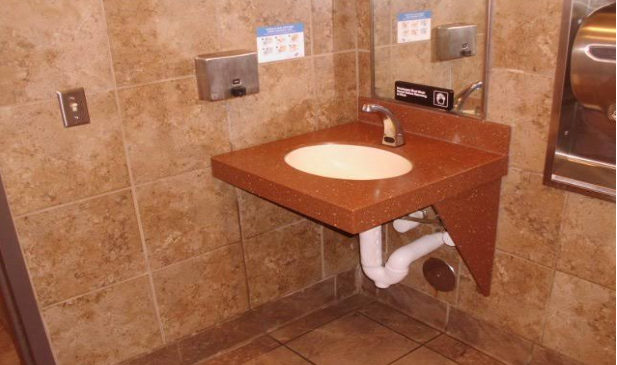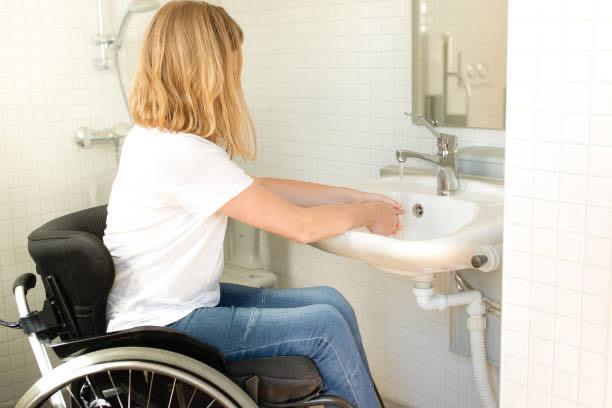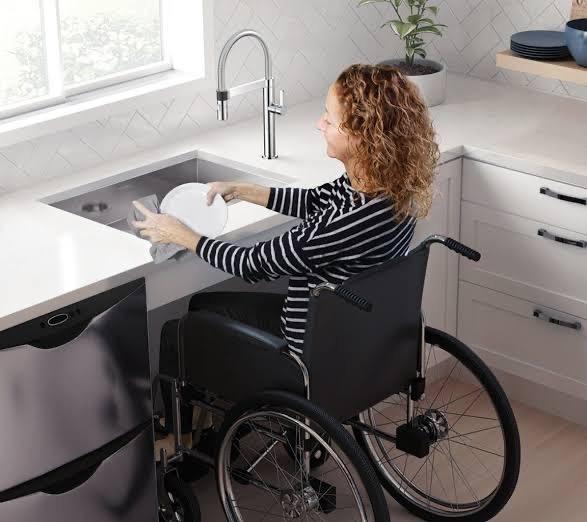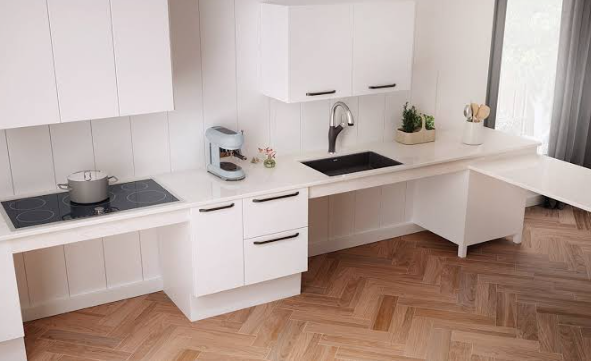
When building a property or an asset, you need to be conscious of the ADA Standards for Accessible Design and include it in your plans. One important section to not overlook is ADA compliance for knee and toe clearance.
According to the ADA guidelines for knee and toe clearance, you must provide enough space for individuals with disabilities or on wheelchairs so that they can move around freely.
A disabled person should be able to maneuver their way when approaching an element from the front without hitting their toes or knees against any obstruction. These considerations are essential especially when installing elements like counters, dining tables, sinks, and drinking fountains. This article will discuss more on the best time to check ADA knee clearance.

The best time to check for ADA clearance is when sinks are installed higher than the allowable height and when there’s not enough knee clearance under the sink.
ADA standard for knee clearance is as effective as other standards for accessible design. When designing a facility or a property, the major question should be how those with limited mobility can access the facility.
In most public bathrooms, there are several barriers to accessibility, and one recurring issue is the sink being installed inappropriately. A person in a wheelchair must have enough space to use the sink conveniently, reach its controls, and access the soap dispenser. They must be able to do all of these without the danger of getting their toes or knees hit by pipes and other protruding objects.
Every toilet facility must stick to this standard, except it’s a private restroom that can only be accessed through a private office. However, in a lavatory with several sinks, only one sink has to comply with the ADA standards for knee clearance.
Before building your facility, it’s best to consider this accessibility issue and do the needful. The height at which you install the sink depends on its design. If it’s mounted too high (above 34 inches), then it restricts access to a person in a wheelchair; they may not be able to access the sink controls, soaps, etc. However, if it’s installed too low, it means no space for knee or toe clearance.
The general rule to abide by is that there must be 9 inches of clear space from the ground for the toes and at least 27 inches of clear floor space for the knees. There’s a slim chance for both issues to be resolved but it requires professionalism and accuracy when installing the sink.
For sinks that do not comply with the ADA standards for knee clearance, there’s no easy fix than to relocate the sink. Depending on the design of the sink, you may need to remove or replace the sink completely. Either way, you’re going to need to hire a professional ADA contractor.

When it comes to ADA knee space, you need to work with an experienced and professional ADA contractor. Installing your sinks and other fixtures for ADA knee clearance requires precision and that can only be achieved by a professional contractor.
At All Things Inspector, we help our clients resolve issues concerning ADA knee clearance and we help them achieve a facility that’s accessible to everyone.
Contact us today to learn more about our services and get started!

When considering the safety and accessibility of all users in a restroom, sink clearance plays a crucial role. The amount of space around a sink

Building an ADA-compliant kitchen doesn’t have to involve a full renovation. With a few adjustments, you can ensure ADA clearance in your kitchen and make